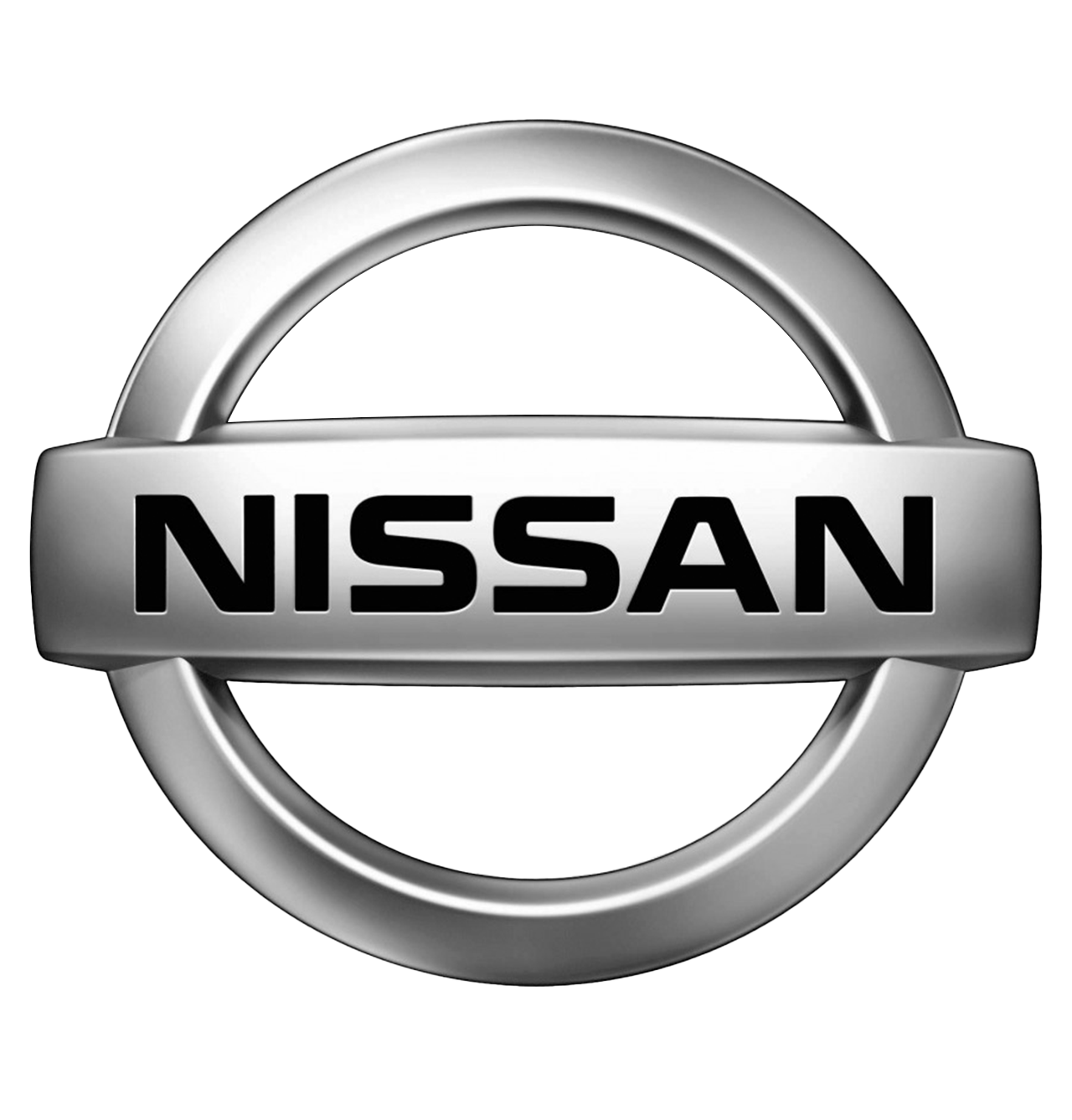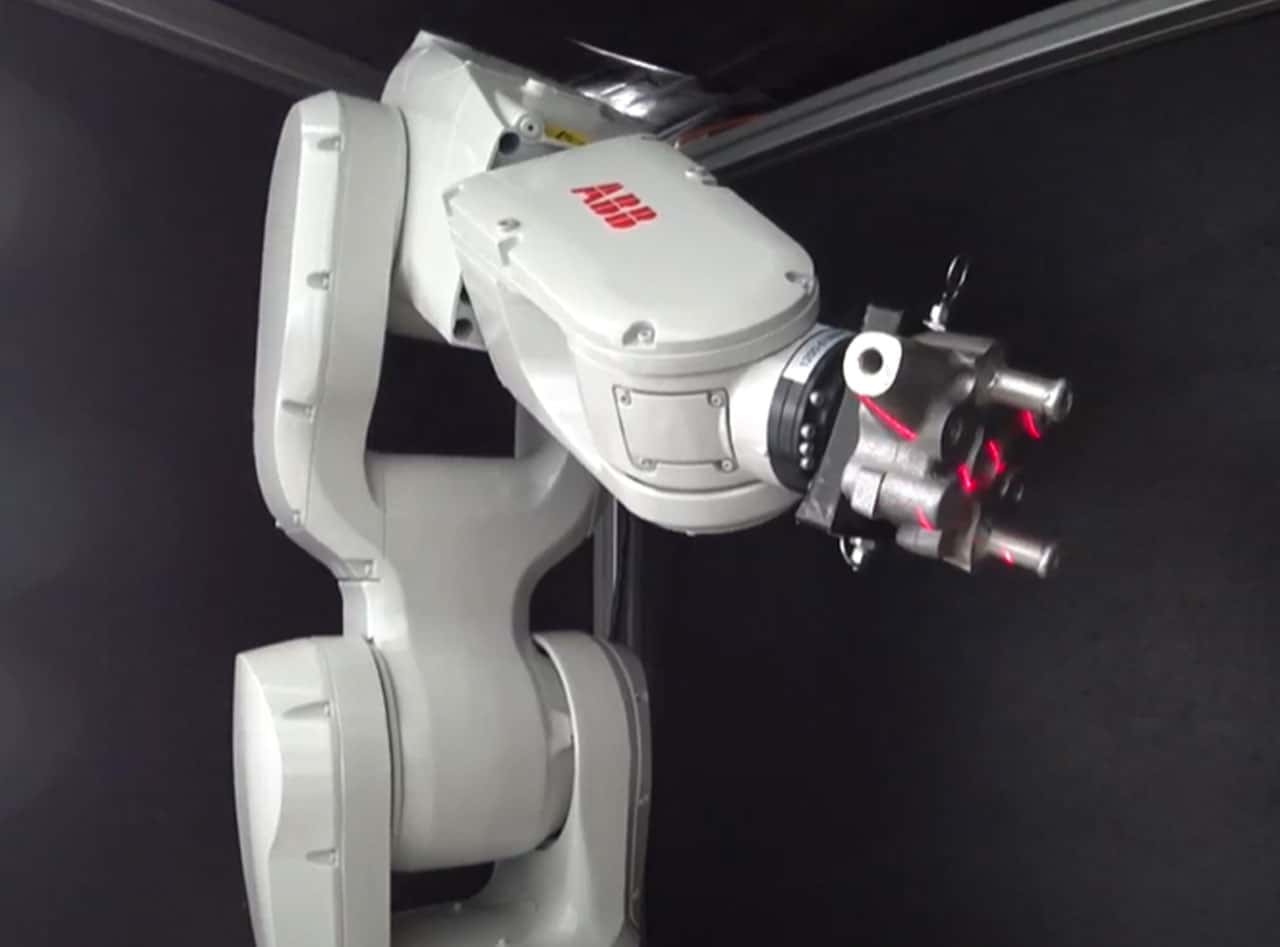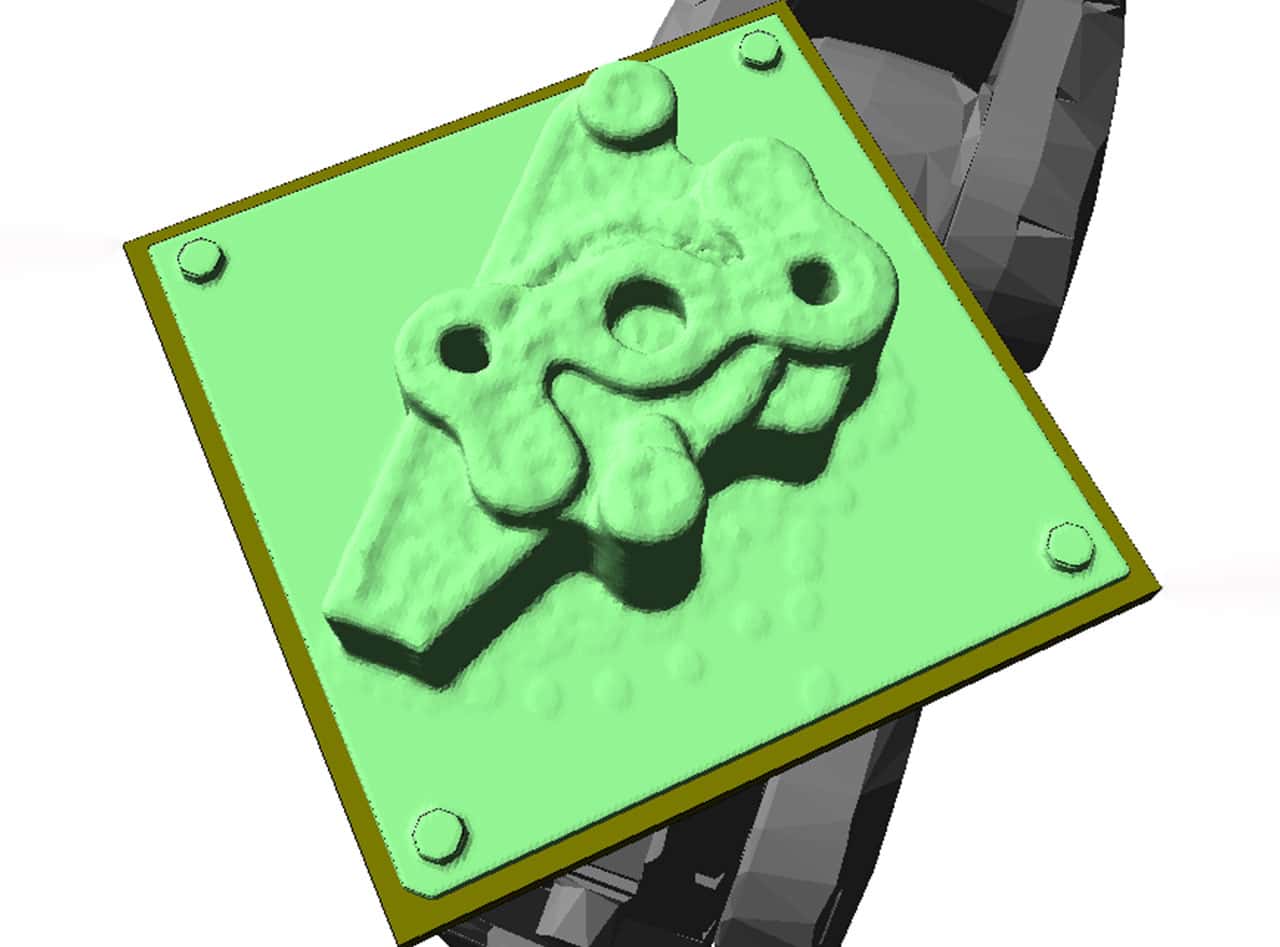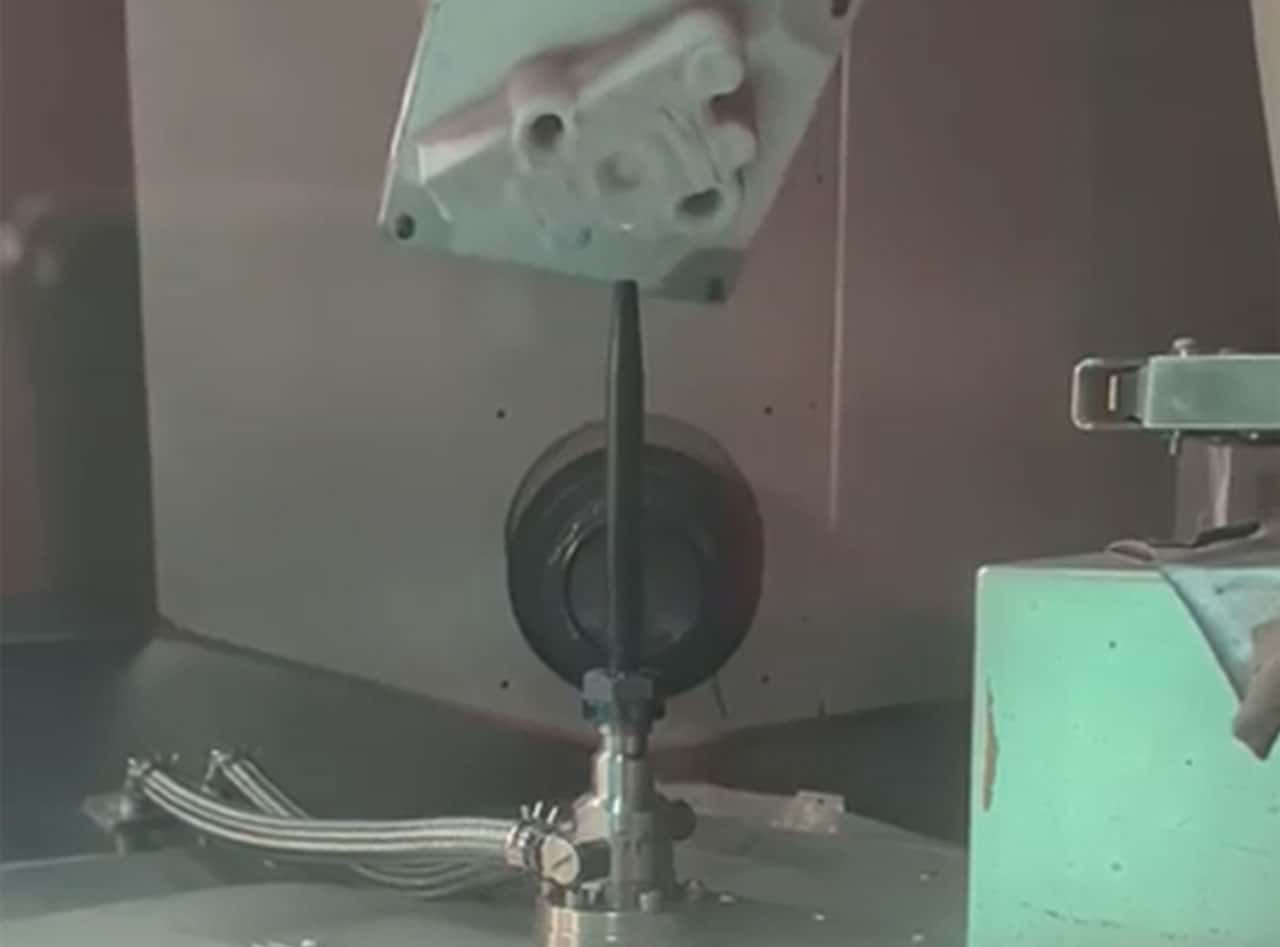Solving the obsolescence problem in automotive: Nissan QX70—Infiniti water cooling block
NISSAN
Challenge
Within many industries, including, automotive, mining, defence, and rail, the assets employed and/or goods produced have a long economic life. However, for cars, sourcing replacement parts several years after production can be close to impossible. Nissan approached SPEE3D with the task to replace a damaged water-cooling component part. The part itself was complex and contained internal cooling channels that could not be repaired or recreated quickly using traditional manufacturing methods. This was a collaborative project with the University of Technology Sydney Rapido team (UTS Rapido).
Solution
SPEE3D combined its 3D proprietary scanning technology with its metal 3D printing technology, scanning the original part to create a CAD file, which was used to print the part on SPEE3D’s LightSPEE3D printer.
Results
The resulting part was validated and tested to meet the application’s requirements. SPEE3D proved its technology offers an opportunity to overcome the obsolescence problem faced by many industries.
Key Benefits
- The ability to replace obsolete or difficult to source parts.
- Avoidance of the significant costs associated with retooling and re-engineering.
- Quick and cost effective.
Remanufacturing the Solution
To produce a single part quickly and viably, Nissan Australia needed a different solution to traditional manufacturing. The damaged part was attached to SPEE3D’s LightSPEE3D robot arm for scanning using a 3D scanner.
SPEE3D’s proprietary software sent instructions to the robot to maneuver the part to complete several different scans. From these scans, SPEE3D’s highly complex software algorithms produced a 3D model. The 3D model was then printed in aluminium 6061 using a LightSPEE3D metal 3D printer. This test proved the powerful combination of 3D scanning and metal 3D printing technologies to overcome the obsolescence problem faced by many industries.
Background
SPEE3D has partnered with the University of Technology Sydney Rapido (UTS Rapido) for advanced research and development since 2019, combining the research expertise of Rapido with SPEE3D’s high-speed metal 3D printing technology. This project was an example of the partnership’s ongoing work in delivering and developing world-leading research opportunities.
How the Part Functions
The 3D printed part was used in the exhaust system of the vehicle upstream of its catalytic converter. The vehicle’s fuel injector is a component of its emissions system. The printed part allows the injector to be mounted on the exhaust while being cooled to its operational requirements. Coolant is pumped through the 3D printed part’s complex internal channel to cool the injector. The part proved the capability of SPEE3D’s technology to produce high quality parts of customizable geometry to fulfill the functional requirements of vehicle components.
Impact
There are many industries facing supply challenges and risks, including automotive, rail, oil and gas, mining, and defence. Downtime due to supply issues can result in significant financial or operational losses. Metal parts commonly become obsolete and impossible to source. This project has demonstrated these issues can be solved successfully using UTS’s propriety 3D scanning co-developed with SPEE3D and SPEE3D’s metal 3D printing technology.
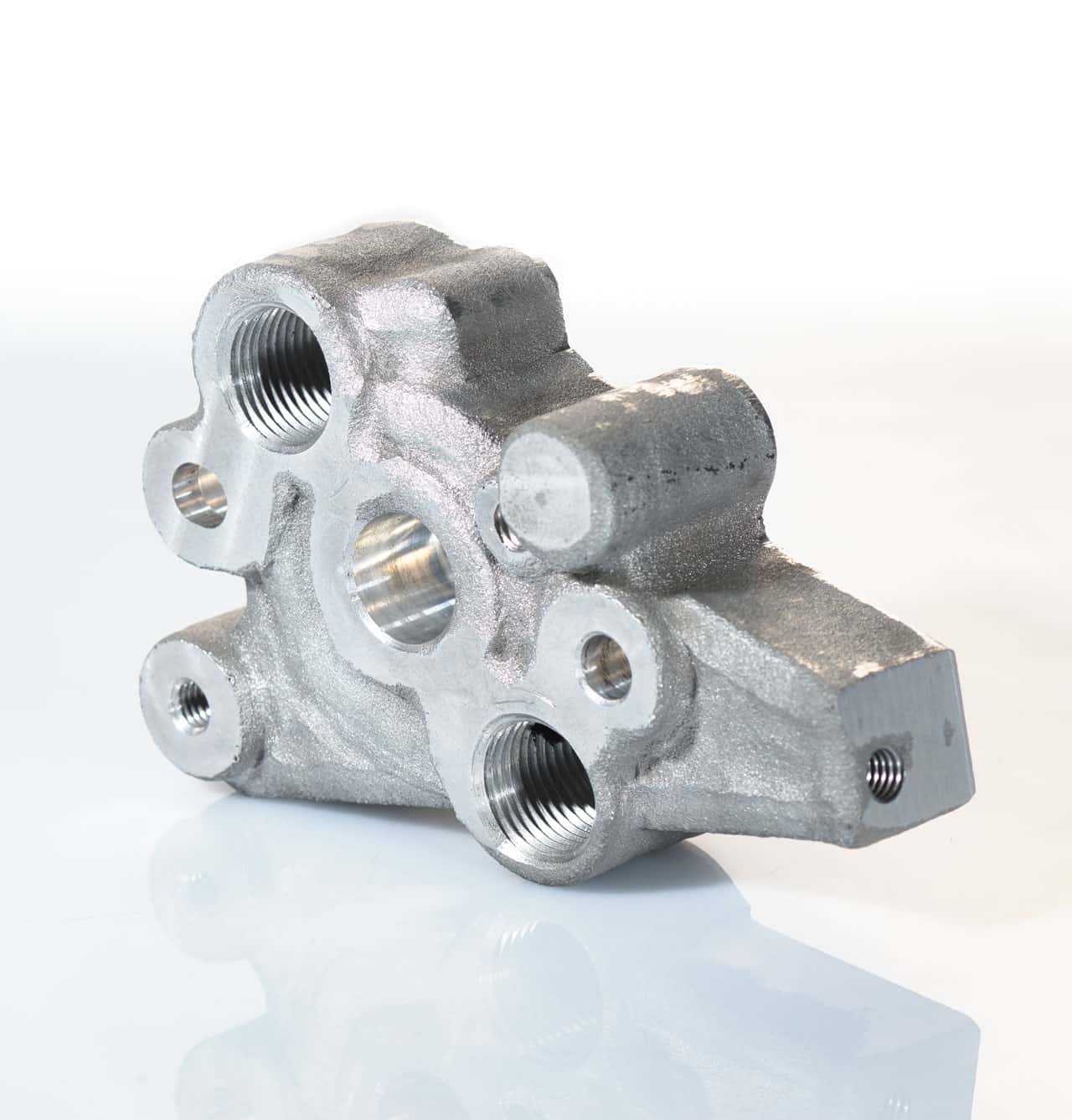
“SPEE3D’s technology has provided us with a viable solution to a very real problem for our business in relation to supply constraints/obsolescent parts. 3D metal printing is no longer the domain of science labs. We see this technology providing a very positive change in the way we can manufacture in the future.”
Alisha Gray
Nissan Australia
